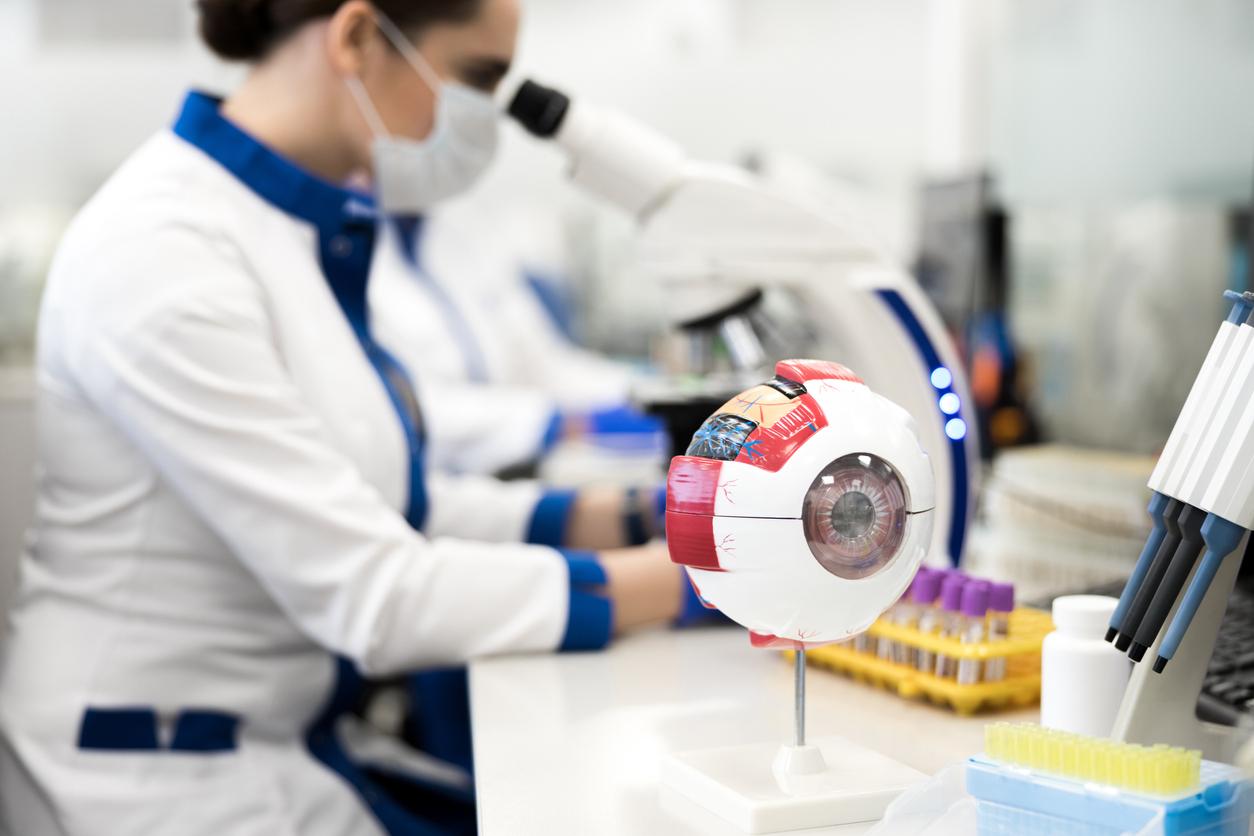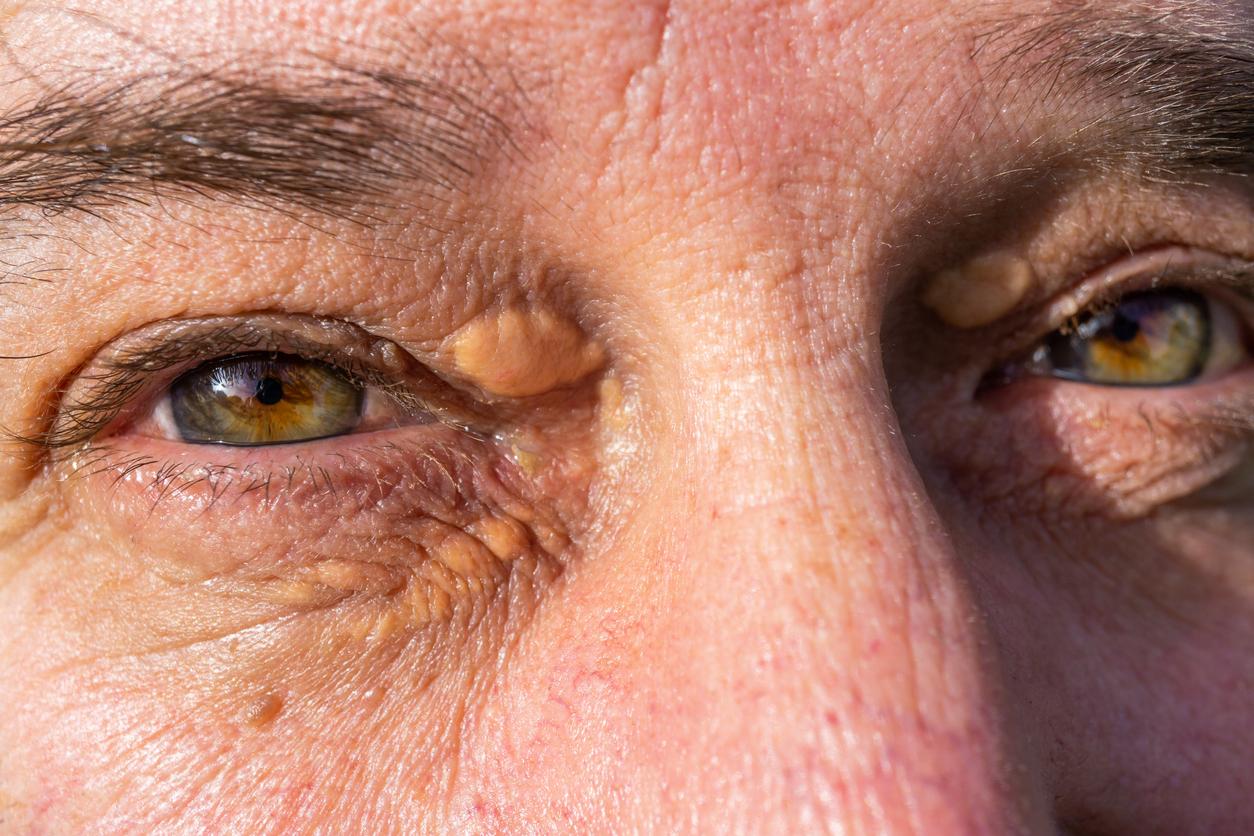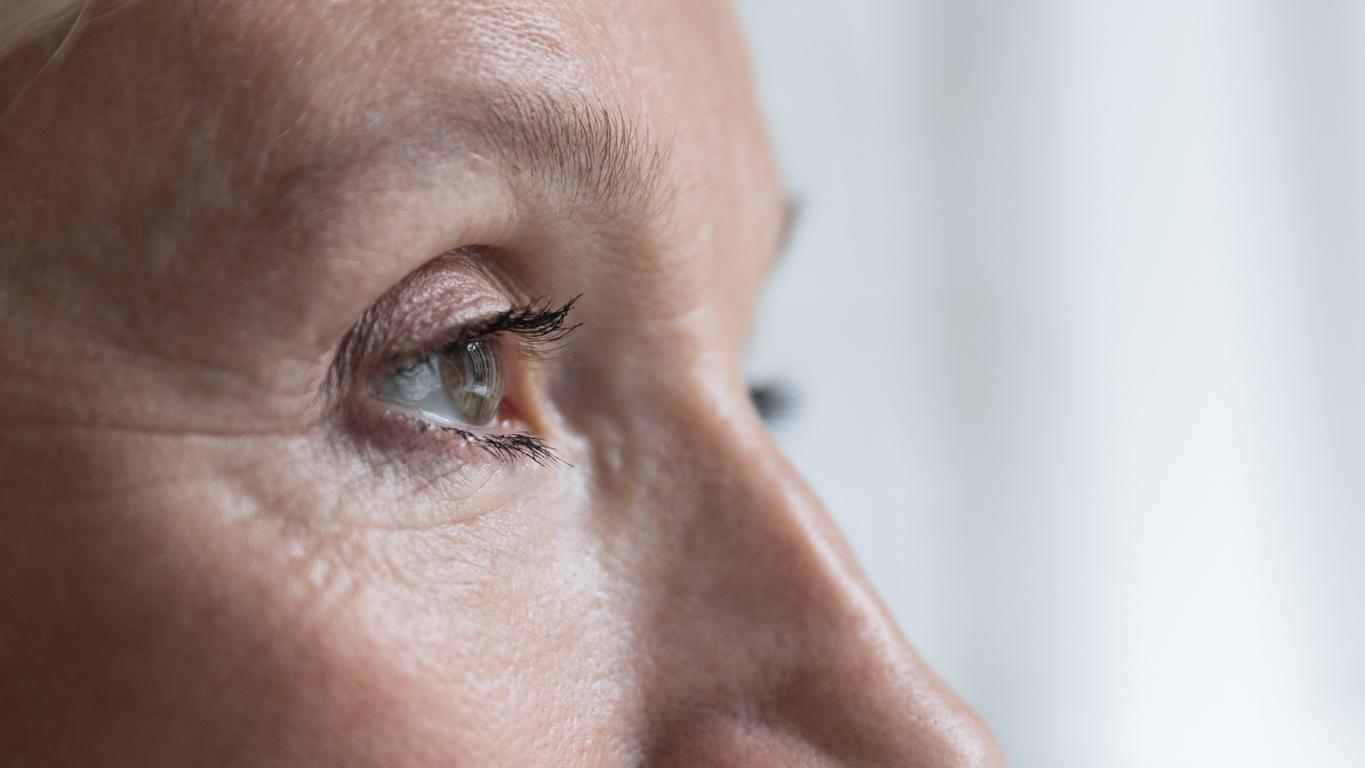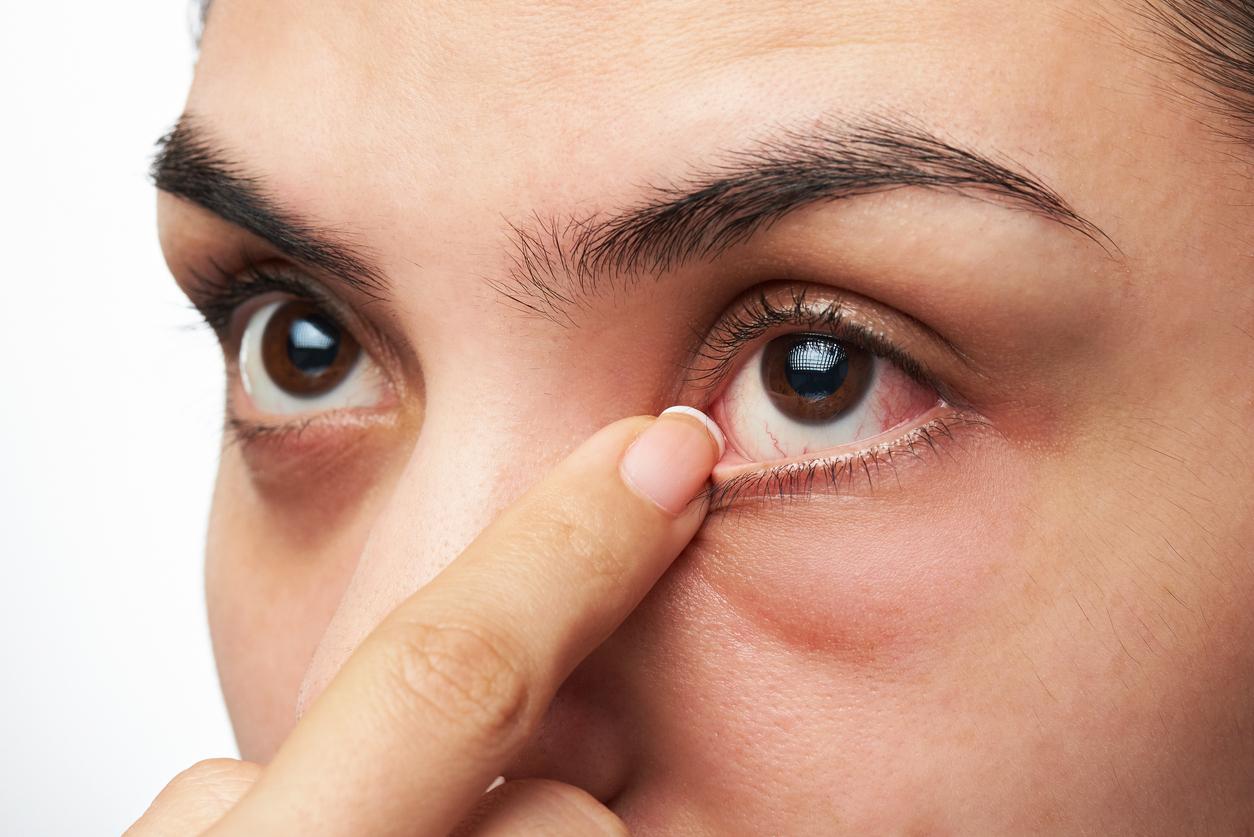Researchers have succeeded in making an entire human eye completely transparent, which will lead to a better understanding of this organ and perhaps, ultimately, the development of new treatments for eye diseases such as AMD.

- French and Swiss researchers have succeeded in making a human eye completely transparent.
- This required seven years of study and the use of several chemicals.
- Thanks to this advance, scientists will be able to better understand the organ.
At least 2.2 billion people worldwide have near or distant vision impairment, according to the World Health Organization (WHO). And yet, this small organ remains little known… But that could soon change.
Seven years of research to make the eye transparent
For the first time, French researchers – in collaboration with a Swiss team – have succeeded in making an entire human eye completely transparent. This feat will make it possible to better study this organ and perhaps, ultimately, to develop new treatments for certain eye diseases. Their work was published in the journal Communication Biology (Nature Journal).
“We are still very late compared to other areas, explains Marie Darche, research engineer at the Vision Institute and to the Quinze-Vingt hospitalwho participated in this study, France Info. There Macular degeneration (AMD) is the leading cause of blindness in the world. We have the glaucomathere myopia… We don’t really know the reasons for the development of a disease. Why are some patients stationary and not others? We do not know the mechanisms of progression of the disease and we are unfortunately still very far from treatments for many pathologies.“
It took seven years of research and different chemicals for scientists to make this human eye – from a deceased 47-year-old patient – completely transparent, a technique called transparency. “Until now, the human eye was considered the most resistant organ to this technique due to its complexity, its pigmentation and the fragility of its retina.”, can we read in the press release from the Vision Institute.
New treatments for eye diseases
This advance will allow scientists to better understand the human eye. Indeed, once the organ is transparent, “it is then possible to see through it and, thanks to fluorescent antibody markings and microscopes specialized in large samples (light sheet microscopes), to visualize in 3D the organization of the cells and structures of the organ”, continues the press release.
Ultimately, patients should also benefit. “This innovation opens new perspectives for the understanding of numerous eye diseases such as age-related macular degeneration (AMD), myopia and glaucoma”assure the researchers in the press release.
















